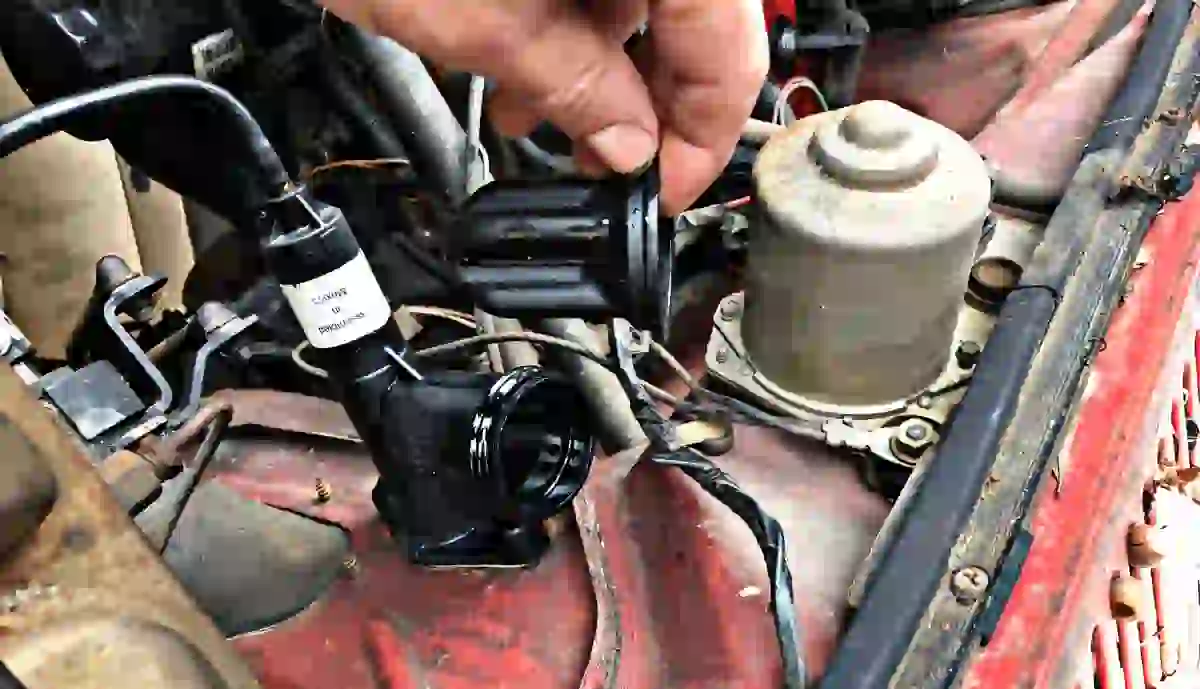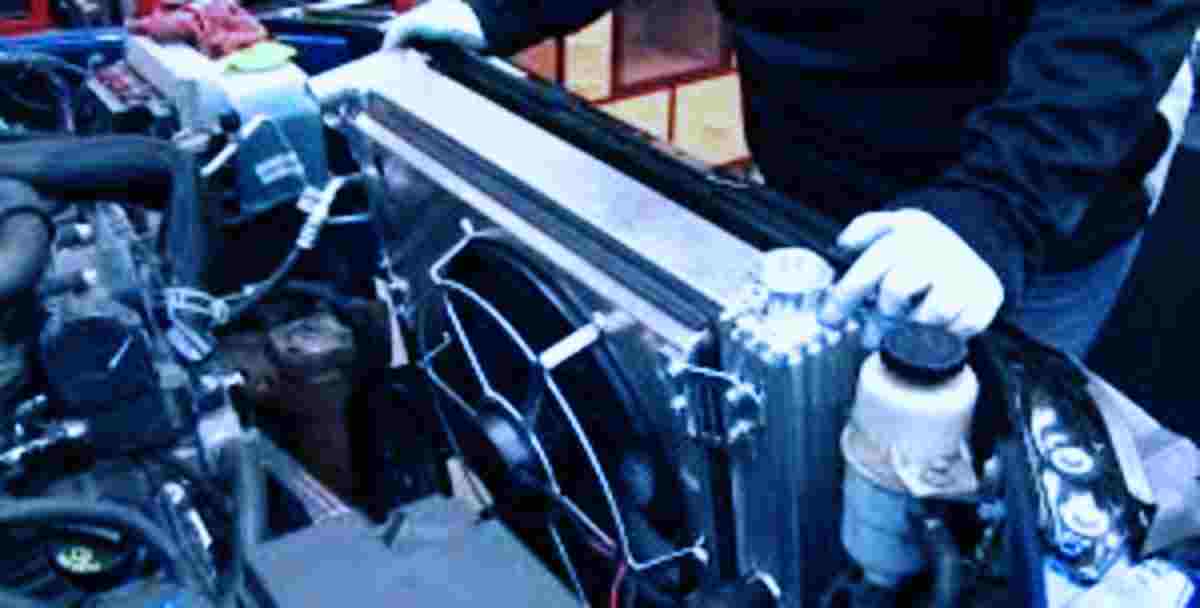The clutch master cylinder is an essential component of a vehicle’s clutch system. It transmits hydraulic pressure from the clutch pedal to the clutch slave cylinder, which engages and disengages the clutch. However, you need to know the air in clutch master cylinder symptoms to tell when air enters and fix it to improve the clutch system and overall car performance. Common signs of air in the clutch master cylinder include a soft or spongy clutch pedal, a clutch pedal that goes all the way to the floor without resistance, grinding or popping sounds when engaging the clutch, difficulty shifting gears, and engine stalling.
If you experience any of these symptoms, it is important to have your vehicle inspected by a professional mechanic.
Air in clutch master cylinder symptoms

Driving your car may become challenging due to several symptoms brought on by air in the clutch master cylinder. Here are some symptoms to watch out for.
1. Soft or spongy clutch pedal
One of the most noticeable symptoms of air in the clutch master cylinder is a soft or spongy clutch pedal. This occurs when air bubbles get trapped in the fluid, causing the pedal to feel less firm and responsive. When you press the clutch pedal, it may sink to the floor without engaging the clutch.
2. Reduced clutch fluid
The side of the clutch master cylinder reservoir has markings indicating a safe amount of clutch fluid, with a “low” and “high” level. If the fluid level dips below the “low” mark, it’s necessary to refill it. The type of fluid to use can be found in the reservoir cap or vehicle’s manual. After refilling the clutch fluid, monitor it regularly. Unlike brake fluid, which decreases over time as the brake pads wear and the caliper piston extends, the clutch fluid level should not drop.
A persistent loss of clutch fluid suggests a leak in either the clutch master or slave cylinder.
3. Dark clutch fluid
If you recently changed your clutch fluid and it suddenly appears to be very dark, it may indicate that one of the seals in the clutch master cylinder is wearing out. The seals can degrade and shed rubber particles into the fluid, discoloring it rapidly. If you have not recently changed the clutch fluid, consult your vehicle’s manual to determine the recommended maintenance schedule. To change the clutch fluid properly, the system should be flushed with fresh fluid and the clutch lines bled
However, you can perform a simple and cost-effective test for a failing seal using clutch fluid by following these steps:
- Remove the old clutch fluid from the reservoir using a tool such as a turkey baster.
- Fill the reservoir with fresh fluid.
- Observe the fluid over the next few days to see if it becomes discolored.
- If the new fluid turns dark within a couple of days, you probably have a failing seal in the clutch master cylinder, especially if you are experiencing any of the other symptoms mentioned above.
4. Sudden change in engagement point
If you’ve been struggling to get your car moving smoothly and stalling frequently, even though you’re confident in your stick-shift driving skills, it may be time to check under the hood. A sudden change in clutch engagement could be caused by low clutch fluid levels.
If the clutch fluid reservoir is empty, there may still be a small amount of fluid in the lines, but you’ll certainly notice a difference in clutch engagement, or may even have trouble shifting gears. In such a scenario, the clutch will engage immediately near the floor and be very abrupt
5. Stuck clutch pedal
In a severe situation, if your clutch pedal is stuck to the floor, it indicates a break in the hydraulic system of your clutch. This is usually caused by a leak in the clutch master cylinder and requires prompt attention.
A stuck clutch pedal renders your vehicle undrivable as you won’t be able to shift gears. Hence, it’s crucial to get it repaired as soon as possible.
How a clutch master cylinder works
The clutch master cylinder plays a crucial role in the functioning of manual transmission vehicles by using hydraulic fluid, typically brake fluid, to transfer the movement of the clutch pedal to the clutch fork. When the clutch pedal is depressed, a rod connected to the clutch pedal assembly pushes the hydraulic fluid in the master cylinder, causing it to travel down the clutch lines to the slave cylinder attached to the clutch fork.
This process results in the clutch fork separating the clutch from the pressure plate and flywheel, allowing for independent rotation of the engine and wheels.
In short, the clutch master cylinder transforms mechanical force into hydraulic pressure.
How do you bleed a hydraulic clutch by yourself?
Bleeding air from the hydraulic clutch system involves either pushing or pulling it out of the fluid line to the bleeder valve on the slave cylinder. For the latter method, it’s recommended to have an assistant who can help with the process. While having a vacuum pump makes it easier to remove the air, it can still be done without one.
Once you’ve finished bleeding the hydraulic clutch, it’s crucial to tighten the bleeder valve properly. Failure to do so will only create more problems and render your efforts useless.
1. Bleeding the clutch system with a vacuum pump
Here are the steps to follow when using a vacuum pump to bleed the clutch system:
- Attach a clear tube to the nipple on the bleeder valve to monitor the air removal process and maintain cleanliness.
- Use the vacuum pump to pull the fluid through the system, ensuring that the clutch fluid reservoir is topped off. Continue pumping until there are no more air bubbles in the fluid.
- Once the air bubbles have stopped exiting the valve, close the bleeder valve securely.
- Take a test drive to determine if the bleeding process was successful.
2. With assistance from a friend
To effectively bleed the hydraulic clutch, start by closing the bleeder valve. Then, have your friend press the clutch pedal to its full extent and open the valve, allowing the fluid to flow out until the flow slows.
Ensure that your helper maintains pressure on the pedal and then closes the bleeder valve.
Next, have your helper release the clutch pedal and repeat the process until there are no more air bubbles and the pedal feels firmer.
When all the air has been purged from the system, you should notice an improvement in the compression of the clutch plate release springs.
How much does it cost to replace the clutch master cylinder?
For many vehicles, replacing the clutch master cylinder is a relatively inexpensive and simple task that can even be completed by a DIY mechanic. The process typically involves purchasing a new clutch master cylinder, unscrewing the clutch line, unbolting the cylinder from the firewall, and installing the new unit by reversing the procedure.
If you opt for professional replacement, the cost can range from $180 to $420, with parts typically costing between $100 to $300. The replacement process usually takes less than an hour, so labor costs will usually fall between $80 to $120.
Air in the clutch master cylinder can cause a variety of symptoms that can make it difficult to drive your vehicle. If you are experiencing any of the symptoms discussed in this article, it is recommended that you take your vehicle to a mechanic for diagnosis and repair. With proper maintenance and timely repairs, you can ensure that your vehicle runs smoothly and provides you with many miles of dependable service.
Read also:

![Car Losing Oil but No Leak or Smoke [5 Reasons & Solution] Car Losing Oil but No Leak or Smoke [5 Reasons & Solution]](https://sanedriver.org/wp-content/uploads/2022/05/PicsArt_05-05-07.53.53.jpg)
